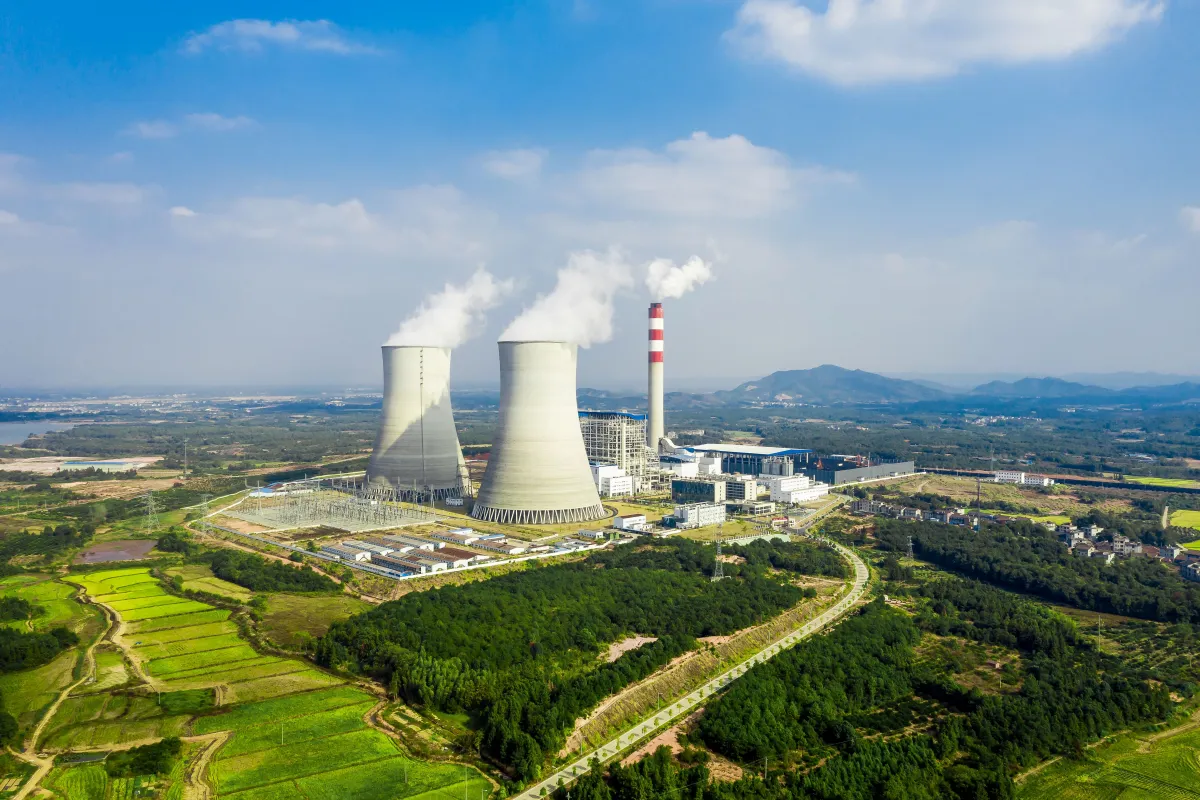
Promoting economic, social, and environmental sustainability, as well as decreasing the use of natural resources and the environment, is a priority for the Ministry of Industry. As a result, the BCG policy (Bio Economy, Circular Economy, and Green Economy) has been established in four major areas:
By driving the BCG model, the Ministry is focusing on three areas:
1. Bio Economy (BE): Focus on cost-effective biological resource utilization to boost productivity and add value. Agriculture, food, pharmaceuticals and medicine, bioenergy, biochemicals, and bioplastics are among the industries targeted.
The goal in 2022 is to increase the bio-industry growth rate by 3% and the value of bio-industry investment by 30,000 million baht, and the goal in 2027 is to increase the bio-industry growth rate by 10% and the value of bio-industry investment by 190,000 million baht.
2. Circular Economy (CE): Focus on resource rotation for maximum benefit, reducing waste and the use of limited resources. Plastics, automotive tires, construction materials, steel and other metals, electronic components, solar cells, and electric vehicle batteries are among the industries targeted.
Set goals in 2022 to drive industrial symbiosis in five industrial areas (Nong Khae Industrial Estate, RIL Industrial Estate, Map Ta Phut Port, Map Ta Phut Industrial Estate, and Asia Industrial Estate) and to bring industrial waste data into the system to 100% completion. In 2027, creating and Industrial symbiosis, expanding to 15 industrial areas, and utilizing 90% of industrial waste.
3. Green Economy (GE): The development of balance in all three aspects – economic, social, and environmental – is the goal of all industry groups.
Set a goal of driving 60% of factories into the Green Industry (GI) and reducing greenhouse gas emissions by 1.22 million tons of carbon dioxide equivalent by 2022. In 2027, the factory should become 100% green, with more than half earning the Green Industry Level 3 certification and reducing greenhouse gas emissions by 2.30 million tons of carbon dioxide equivalent.